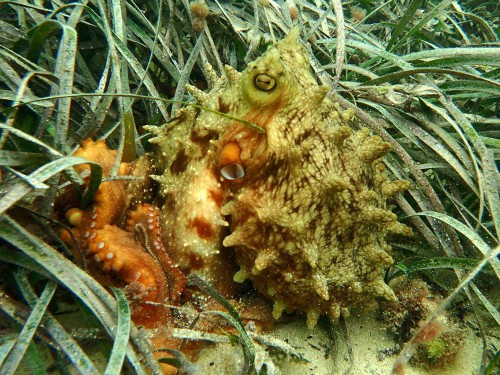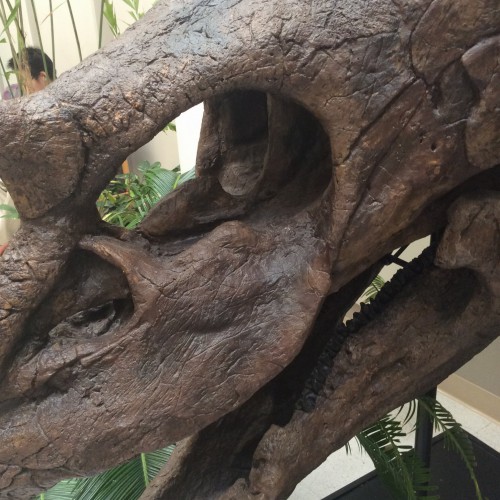Kris Wager reports on the ongoing reproducibility crisis in Chinese research — as he mentions, it’s being called “fraud”, but that may be too strong a word, unless you want to call a lot of American science fraudulent, too. We’re in a strange state right now where the pursuit of arbitrary statistical validity at all costs has led to some distortion of our results.









